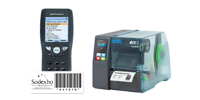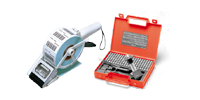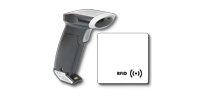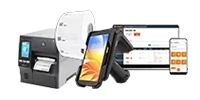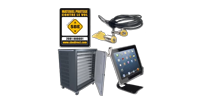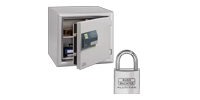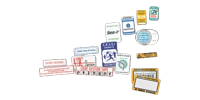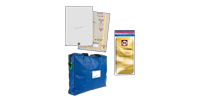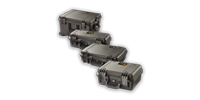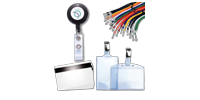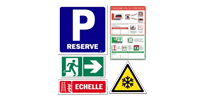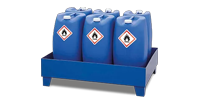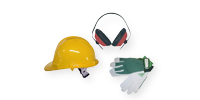If you pay attention to your surroundings in a shop, you will find many signs and posters, but what are they for? Who decides to put them up? We answer all your questions in this article.
What is POS?
Point of Sale Advertising, also known as POS, is the term used to describe all the advertising and visual aids that can be found at the point of sale. These media are marketing tools whose objective is to attract the consumer’s attention to a product or an offer and to highlight its added value.
POS products are diverse and varied. The main POS materials are: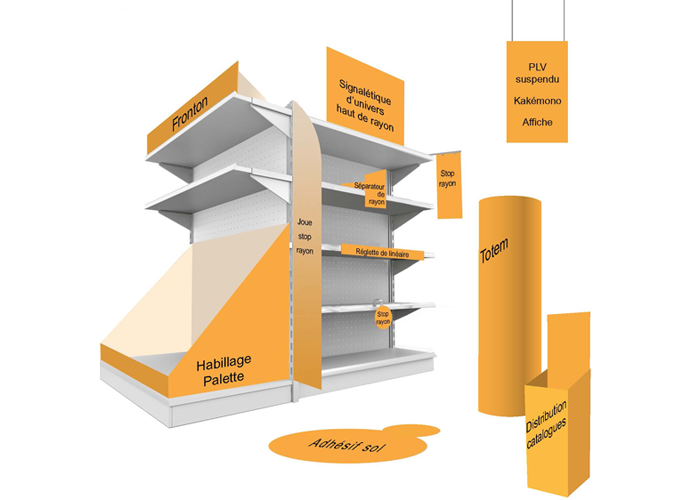
- classic" indoor or outdoor posters
- digital screens (shopping centre aisles, video displays in the store, checkout screens, etc.)
- trolley displays
- shelf-stoppers
- checkout dividers
- Gantry POS
- cardboard displays on the floor or at the counter
- permanent" or long-term furniture and displays
- shop announcements on store radios
- interactive screens and terminals
- leaflets or flyers
- stained glass
The POP market amounted to 1.2 billion Euros in 2016 according to a POPAI study. This marketing tool is extremely popular in the beauty and care sector (31% of the market) followed by the food and beverage sector (20%) and finally the parapharmacy sector often uses POP to highlight products.
Point of sale advertising is often sponsored by the brands and not by the point of sale.
What is corporate signage?
There are two types of building signage:
1. Signage: this type of signage includes all the objects inside and outside that allow the public or the customer to find their way around the space. It locates the customer in the space and guides him or her through the premises. These include directional arrows, signs, wall plaques, totems, etc. Not all of these signs are regulated by law and are not mandatory, but they are extremely useful. If you wish to install signage, you must respect three basic rules: visibility, legibility and accessibility.
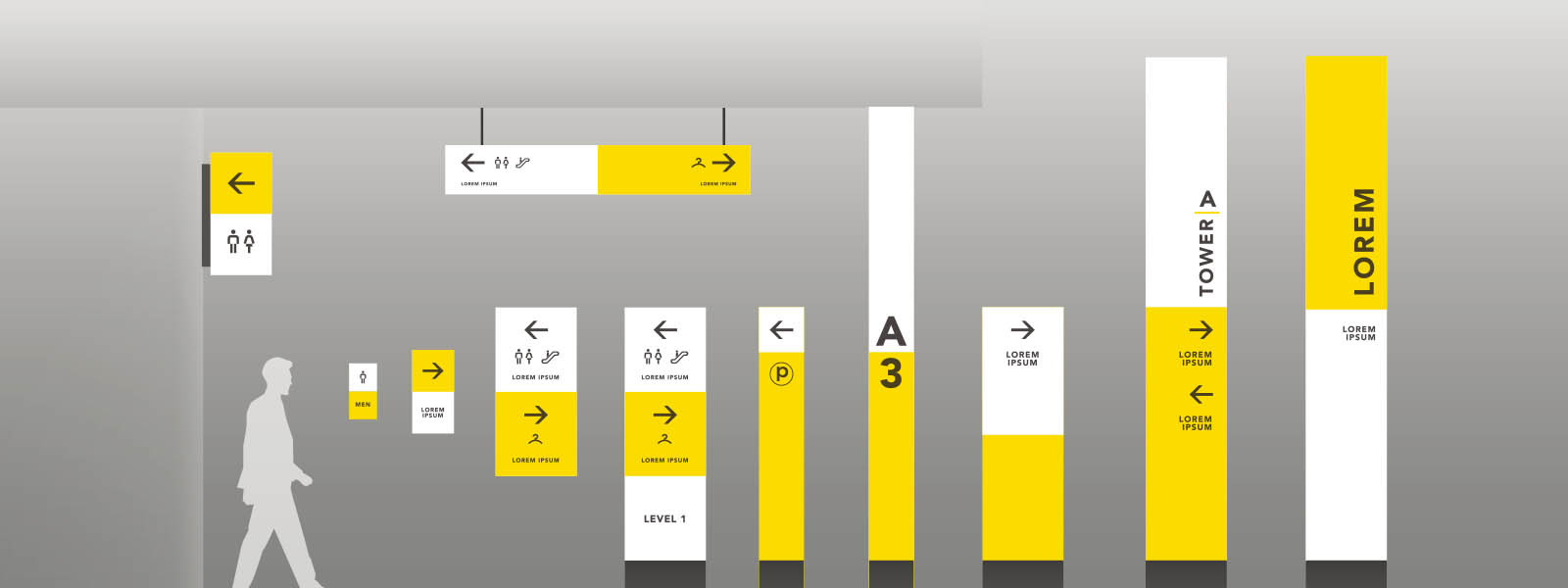
2. Safety signage: these signs, as the name suggests, are used to make people feel safe by indicating where they can go, this signage, as its name suggests, makes it possible to ensure safety by indicating dangerous places and warning of potential risks. This signage is subject to strict international (ISO 7010) and national (NF X EN 08003) standards. These standards harmonise the colours and symbols so that all audiences can understand them.
Building signs are divided into 5 categories: 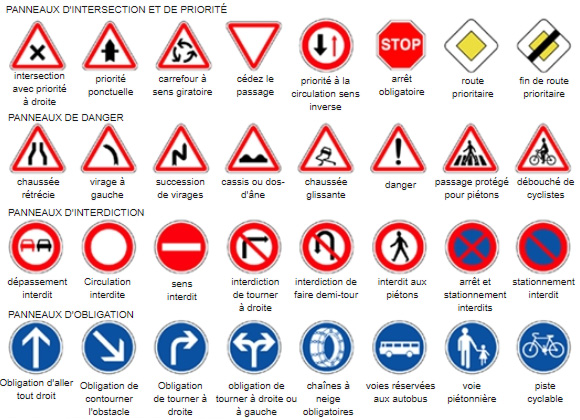
- Evacuation (E): this referent is for any evacuation sign: emergency exit, safety location or room or safety action such as emergency phone, safety shower...
- Fire fighting equipment (F): fire fighting signs conform to this referent: fire extinguisher, fire door...
- Mandatory (M): referent concerning any mandatory action sign: wearing of gloves or visor, dog on a lead...
- Prohibition (P): this round, crossed-out referent applies to prohibition signs: no picnic, do not touch...
- Warning (W): Danger signs should have this triangular referent: radioactive material, biological risks...
To put it in a nutshell, you are likely to find POS and corporate signage in a single shop or company for example. But be careful, even if sometimes the support can be identical (poster, panel...) their purpose is quite different. One has a marketing purpose while the other is purely security.
At SBE Direct, we are not specialists in POP or signage. Our mission is to make your premises as safe as possible. You will only find safety signage with our signs that comply with current standards.

